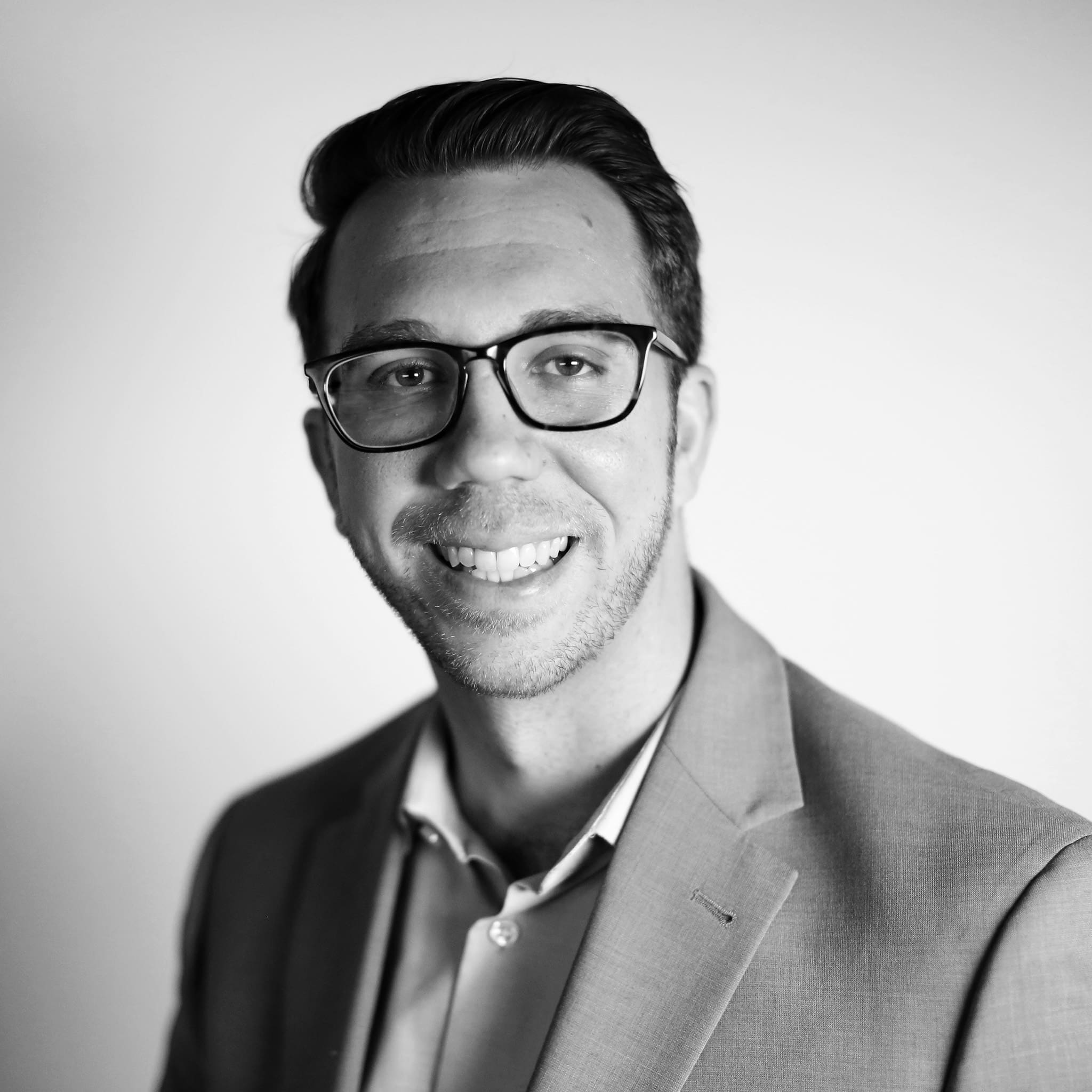In 1987, the first Starbucks outside of Seattle was opened in Chicago, IL. Chicago has long been the second city for Starbucks, a city where the coffee chain has tested various programs from a Starbucks “Express” store in Union Station to the new Mercato food program. Now, Starbucks is further strengthening its ties to the Windy City; the world’s largest Starbucks Reserve Roastery is opening in Chicago.
First opened in Seattle in 2014, Starbucks Reserve Roasteries are massive buildings that provide customers with a premier coffee experience. Visitors can watch coffee being roasted on-site and enjoy the premium Starbucks Reserve beans prepared a variety of ways such as pour-over, French press, and siphon. The Roasteries also serve new and innovative coffee beverages; recently, the Seattle Roastery debuted two non-alcoholic coffee cocktails inspired by the Moscow Mule and Whiskey Sour.
Four stories tall and 43,000 square feet, the Chicago Roastery is set to be the largest of the six proposed Roastries in the world (Starbucks is set to open Roasteries in New York, Shanghai, Milan, and Tokyo in addition to the original Roastery in Seattle). Opening in 2019, the Roastery will be located on Chicago’s famous Magnificent Mile on Michigan Avenue. According to Chicago Mayor Rahm Emanuel, “Chicago’s Magnificent Mile brings in millions of visitors from across this globe and is the perfect location for a world-class coffee destination.” In addition to unique coffee drinks, the Roastery will also serve freshly baked pastries and pizzas by Princi, a high-end Italian bakery and pizzeria Starbucks has partnered with.
The expansion of Starbucks Roastery further demonstrates the company’s intention to become the dominant player in the third wave coffee market. Currently, the third wave coffee market is primarily comprised of chains such as Blue Bottle, Stumptown, Revelator, and La Colombe. While these coffee chains are known among coffee enthusiasts, they still have a fairly small footprint and lack the brand recognition of Starbucks. Starbucks is leveraging its recognition and capital to become the leader of both second wave and third wave coffee. In addition to its Roastery locations, the company is set to open 1,000 Starbucks Reserve units worldwide in the next five years. The Reserve locations serve Reserve beans and unique beverages in addition to drinks found at a traditional Starbucks.
What we think
27% of US coffee/tea drinkers are “super spenders” and are willing to pay more for special drinks or preparation methods.
Starbucks’ expansion into third wave coffee comes at a time when consumers are increasingly stratified by their interest in premium coffee. According to Mintel’s Coffee and Tea On Premise US 2016 report, one third of on premise coffee/tea drinkers are classified as “non-spenders” meaning they would not pay additional money for a special coffee/tea drink or preparation method (eg, single origin coffee, coffee from a local roaster, etc.), while one quarter are “super spenders” meaning they would pay more for at least four different coffee/tea drinks or preparation methods.
The demographic differences between coffee/tea non-spenders and super spenders explain why Starbucks chose Chicago and other major cities as the sites for their Roasteries and Reserve units. Non-spenders strongly skew Baby Boomers, lower income and rural, while super spenders skew Millennial, affluent and urban. Starbucks is hoping to attract those young, affluent urbanites who may otherwise choose a Blue Bottle coffee over traditional Starbucks.
The decision to open more Roasteries and over 1,000 Reserve units is certainly an aggressive one. However, the payoff for Starbucks could be great. By making its Reserve blends ubiquitous, Starbucks ensures that their customers can choose a beverage for whatever mood they are in, whether they want an indulgent Frappuccino from a traditional Starbucks or an elevated cup of coffee from a Starbucks Reserve. While Starbucks wasn’t the first chain to specialize in second wave coffee it certainly was the first to bring second wave coffee to the masses. Now, Starbucks seeks to replicate their initial success by introducing everyday consumers to third wave coffee.
Caleb Bryant is a Senior Foodservice Analyst at Mintel. Caleb authors reports focusing on changing consumer attitudes, industry news and flavor/ingredient trends within foodservice.








































